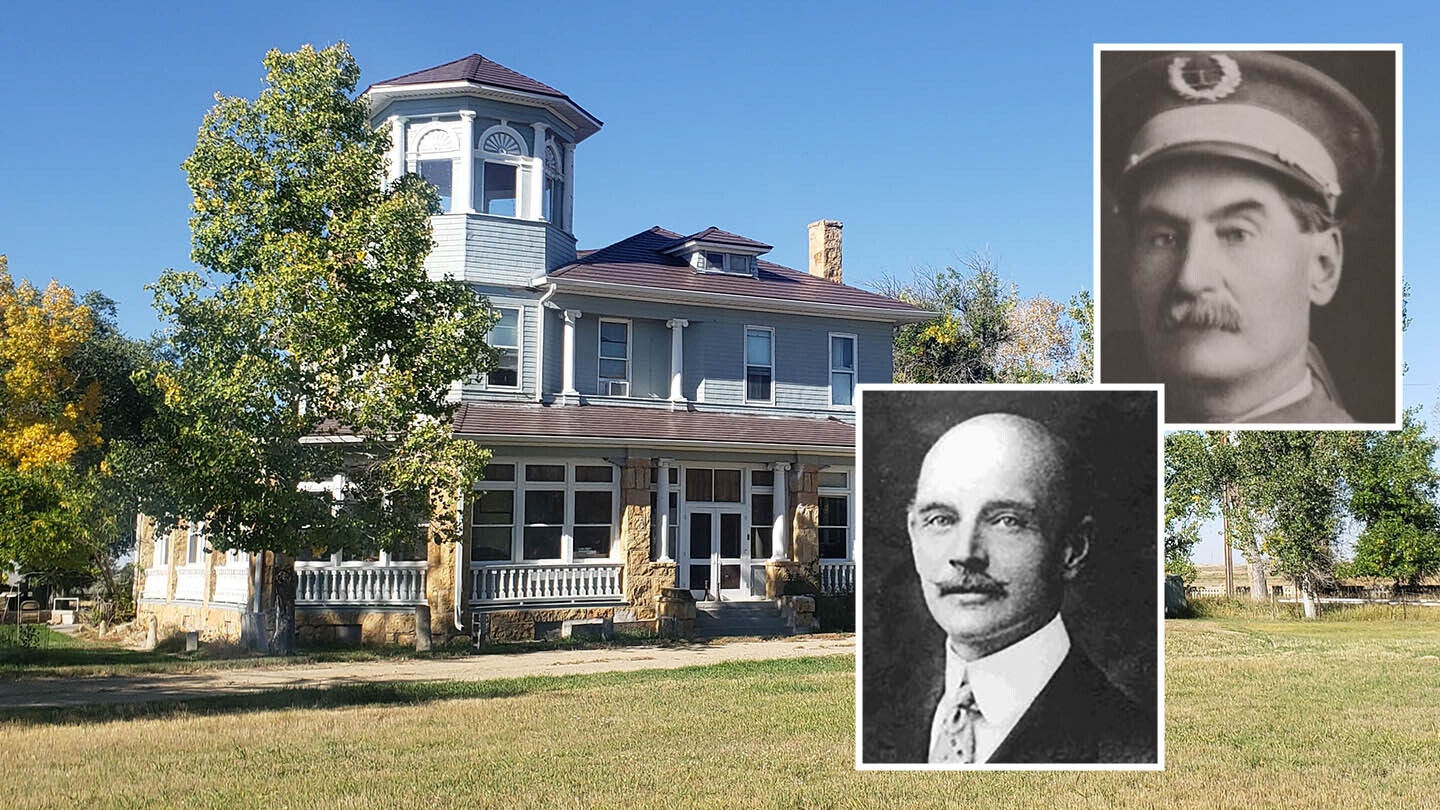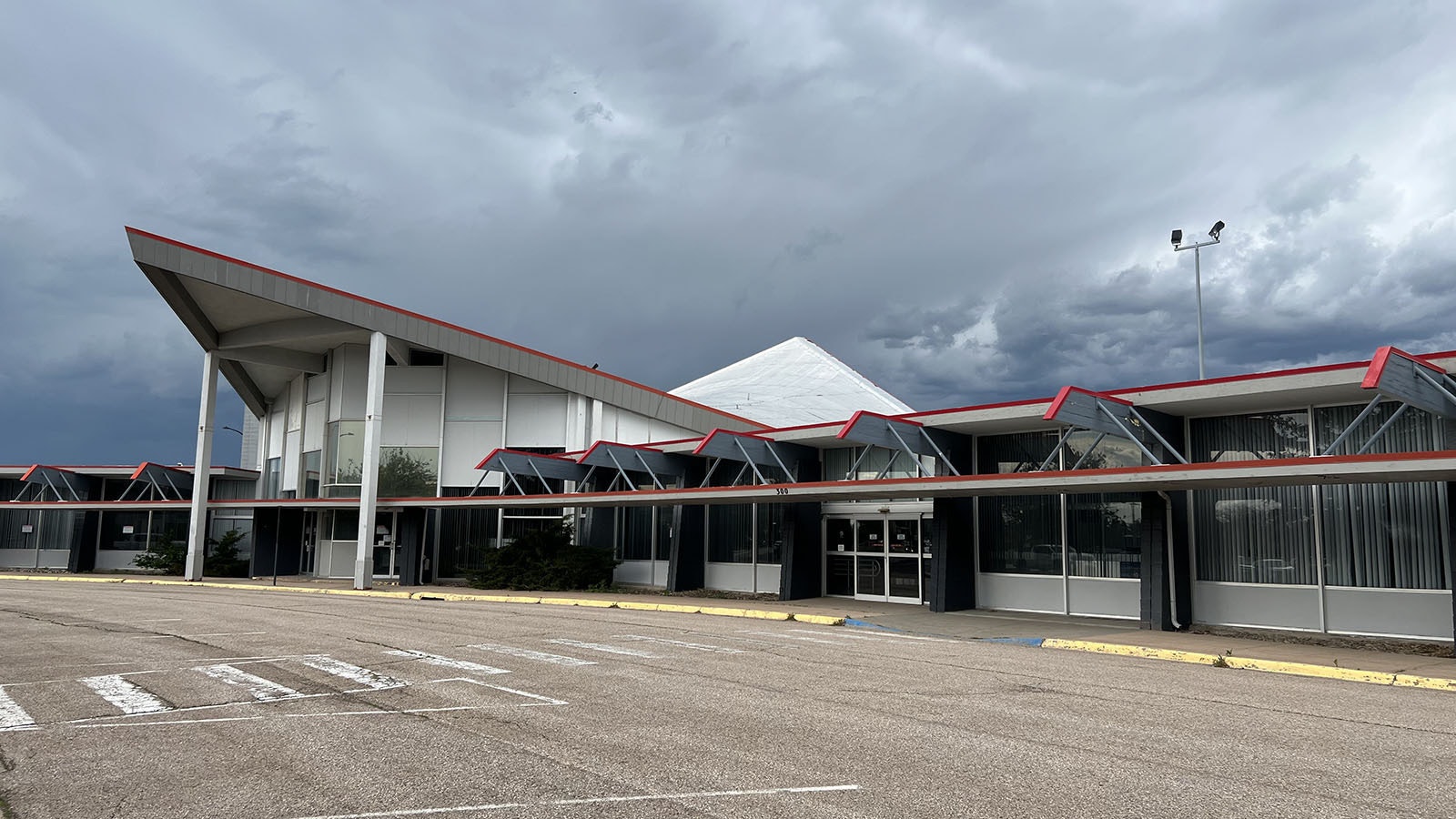A plan to release oil from the nation’s strategic oil reserve to reduce gasoline prices will not amount to much, according to Wyoming Energy Authority chairman Paul Ulrich.
The White House on Tuesday announced the U.S., along with five other countries, including China, will dip into its national reserves in an effort to ease soaring gasoline prices. President Joe Biden ordered the release of 50 million barrels of oil.
However, Ulrich said that the number amounts to about two and one-half days of oil consumption in the United States.
“It truly is just a drop in the bucket,” he said.
America’s Strategic Petroleum Reserve holds about 605 million barrels of oil in underground salt caverns in Texas and Louisiana. It was created following the 1970s Arab oil embargo to store oil that could be tapped in an emergency.
There is also a limit to how much can be released at once.
While the hope is that the release of the oil will reduce prices, but Ulrich said he did not believe that Biden’s move would make much of a difference at all.
“Aiming for policy change to address rising natural gas and energy prices would be enhancing, encouraging and incentivizing oil and gas production on federal lands,” Ulrich said. “We in Wyoming have a long track record of balancing major emission reduction efforts and conservation efforts while providing affordable and reliable energy.”
Other experts agree with Ulrich’s assessment.
“We’re talking about adding, at best, a day’s worth of supply to the global market,” Troy Vincent, an analyst at market research firm DTN, told CBS MoneyWatch.
Gas prices are 50% higher than they were one year ago, averaging a little more than $3.40 per gallon nationally. Wyoming’s average gas price Wednesday was about $3.42 per gallon.
Once cheaper fuel hits the market, it takes between three and seven days for consumers to see lower prices at the pump, Patrick DeHaan, head of petroleum analysis at GasBuddy, told CBS MoneyWatch.
The reason for the delay? Gas stations, even when they get cheaper fuel, lower prices at the pump by only a cent or two in order to preserve their profits, while carefully watching what their competitors are doing.
Anyone in southeast Wyoming might want to consider heading to Buford, home of some of the state’s lowest gas prices, to fill up if they are going on a longer trip.





